by Mike Gulett –
Recently I came across a watch that I have owned for about 30 years and had forgotten about – a Hamilton Victor Electric made in 1957 or 1958. After I replaced the battery it runs as good as new. It is an interesting design so I did some research and
discovered that Hamilton introduced the world’s first electric watch in 1957, called the Ventura, and the Victor came out not long after that.
They both have a cool, futuristic, asymmetrical design style that I like. I learned that they were created by a designer that I was not familiar with, who also designed cars. So, I decided to do more research.
Richard Arbib
Richard Henry Arbib (born in New York in 1917 and died in New York in 1995) was one of the most imaginative industrial designers of the mid-20th century — a man whose work covered automobiles, watches, war machines, boats, appliances, furniture, and corporate branding. He belonged to the same creative world as Raymond Loewy, Harley Earl, Gordon Buehrig, and Brooks Stevens, yet his designs stood apart: sharp-edged, futuristic, whimsical, daring, and usually years ahead of public taste.
Early Life
Arbib showed artistic ability early on and pursued formal training at the Pratt Institute in Brooklyn, one of America’s most important design schools. Graduating in the late 1930s — a moment when the Streamline Moderne movement was reshaping everything from locomotives to toasters — he entered a design world obsessed with aerodynamics, chrome, and a jet-age future.
War Work
During World War II, Arbib worked for the U.S. Army Ordnance Department, designing military vehicles and equipment. The discipline and functional focus of that work would serve as a counterweight to his later flamboyance, giving him an understanding of aerodynamics, packaging, and engineering that many industrial stylists lacked.
Automobiles
Packard: The Pan American and the Concept Years
After the war, Arbib joined Henney Motor Company, a firm best known for producing Packard-based professional vehicles (hearses, ambulances, limousines). His most famous Henney-Packard creation was the 1952 Henney Packard Pan American, a low, elegant two-seat roadster. Though too expensive for mass production, it influenced Packard’s styling direction and helped inspire the later Packard Caribbean.
The Pan American remains one of the most admired postwar Packard concepts — elegant, understated, and distinctly modern.
Hudson: The Surround Steel Era
In the mid-1950s, Hudson approached Arbib to rethink their brand identity. His response was the “V-Line” styling philosophy, which emphasized angular creases, wraparound trim, and jet-age aggression. The 1955 Hudson design program under Arbib would become the company’s last independent styling effort before the merger with American Motors.
His ideas were bold — arguably too bold for conservative Hudson buyers — but they helped push Detroit toward sharper, more architectural lines.
The Astra-Gnome: A Car From 2000
Arbib’s most famous — or infamous — automotive creation was the 1956 Astra-Gnome, built on a Nash Metropolitan chassis. With a bubble canopy, finned bodywork, a time-capsule interior, and a claimed theoretical capability to operate as an autonomous vehicle, it predicted:
-
Space-age plastics
-
Domed jet-cockpits
-
Compact city cars
-
Automated navigation
It was whimsical yet weirdly prescient — and made the cover of Time magazine.
Today, the Astra-Gnome stands as an iconic concept car from the Jet Age.
Watches, Boats, and Lifestyle Design
Arbib didn’t stop at automobiles — his work extended to nearly every consumer product imaginable.
Watches: The Hamilton Ventura and Electric Age Styling
Arbib’s work for Hamilton Watch Company produced some of the most daring timepieces ever made.
-
The 1957 Hamilton Ventura — the first electric wristwatch
-
Bold triangular and asymmetrical case profiles
-
Aesthetic language tied to atomic-age optimism
Elvis Presley famously wore a Ventura, as did Rod Serling creator of the Twilight Zone, cementing its cultural legacy.
Today, these Arbib-designed Hamiltons are among the most collectible mid-century watches in the world. And they were all made in the USA.
Marine and Recreational Vehicles
Arbib also designed boats for Century Boat Company, RV interiors, and various leisure products for a booming postwar consumer economy. His vision always leaned toward the futuristic — sleek shapes, dramatic colors, and bold forms.
Design Philosophy
Arbib believed that design should serve both imagination and utility.
Three recurring themes define his work:
-
Jet-Age Motion: Swept-back forms, asymmetry, fins, and dynamic line work.
-
Consumer Optimism: A belief that the future would be bold, playful, and technologically liberating.
-
Integrated Corporate Identity: Logos, advertising, and product forms all connected through a unified visual language — decades before “branding” became a mainstream corporate strategy.
Later Life and Legacy
Arbib continued to work as a consultant, illustrator, and designer well into the 1970s and 1980s. Although never as commercially celebrated as Loewy or Earl, his work has undergone rediscovery thanks to:
-
The vintage watch renaissance (that triggered my interest)
-
Growing fascination with 1950s futurism
-
Preservation of the Astra-Gnome
-
Renewed appreciation for concept-car experimentation
He passed away in 1995, leaving behind a portfolio that feels as much speculative science fiction as industrial design.
Conclusion
Richard Arbib was not only a stylist — he was also a futurist. His designs embodied the optimism of an era when America believed technology and imagination could reshape daily life. Whether through the sculpted elegance of the Pan American, the audacity of the Astra-Gnome, or the shape of the Hamilton Ventura electric watch (and the follow on Victor model), he left a legacy defined by risk-taking, originality, and the pursuit of a more futuristic world.
Today, his work stands as a reminder that innovation often comes from those willing to ignore what is “normal” — and imagine what could be.
I have been a fan of his work for years and did not know it.
Let us know what you think in the Comments.
Research, some text and some images by ChatGPT 5.
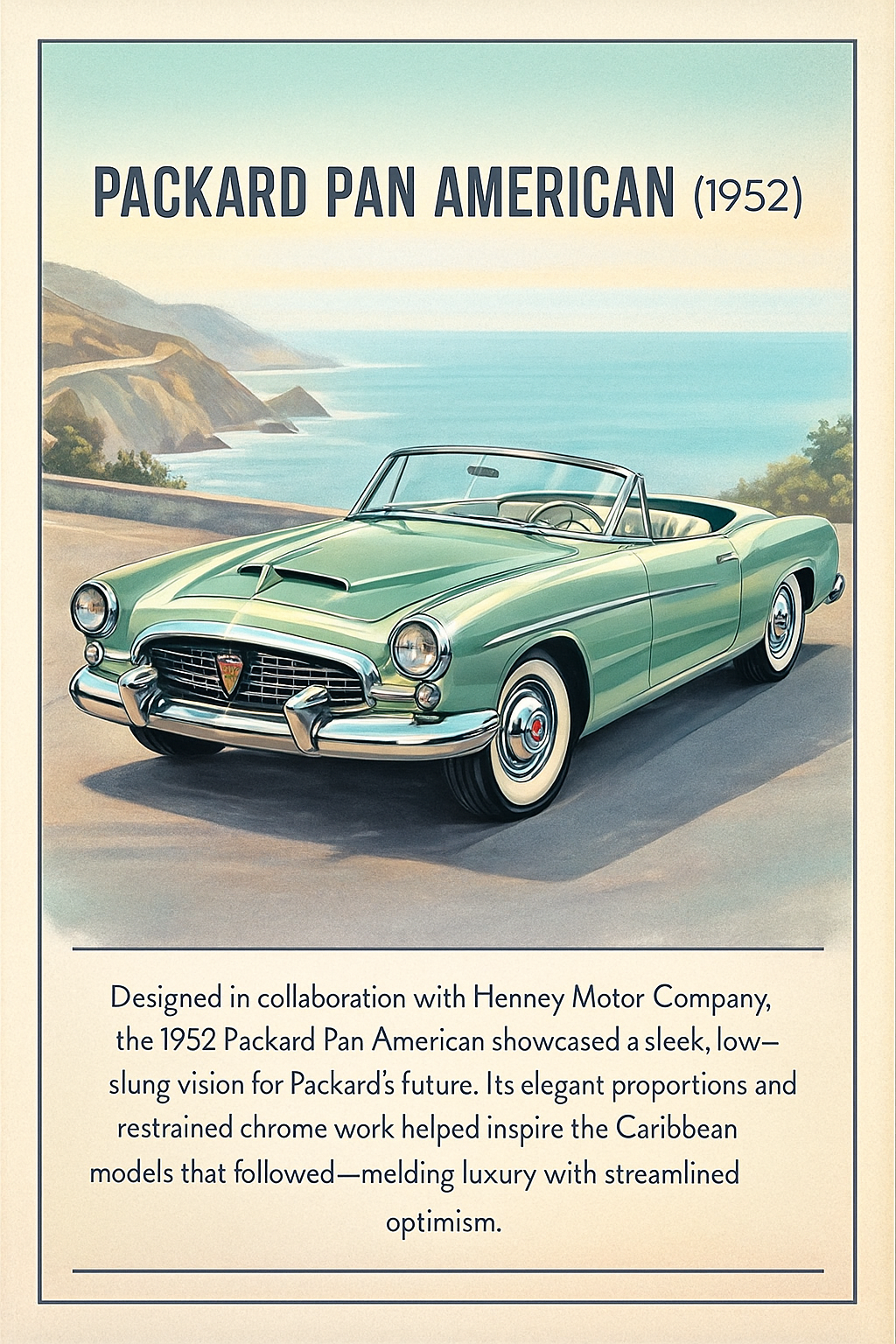

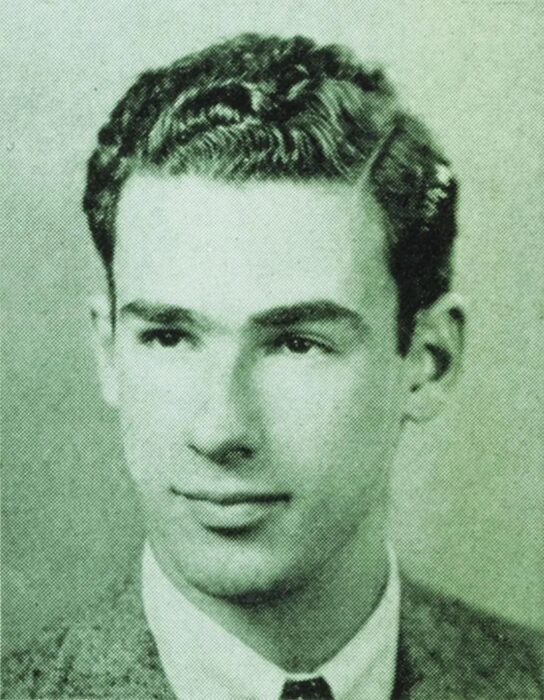
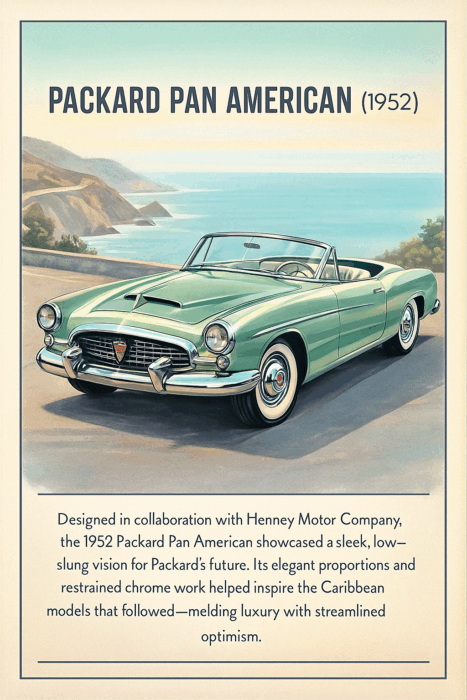
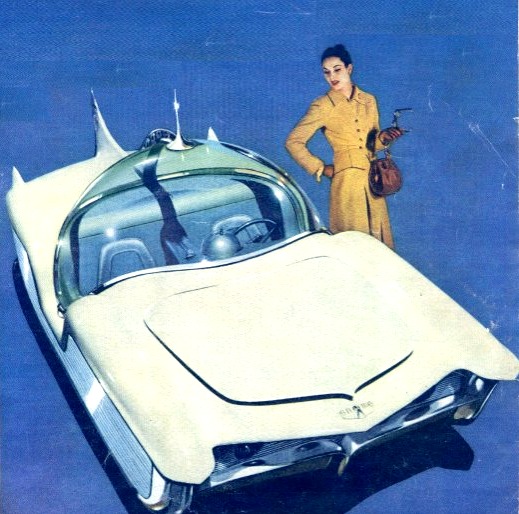
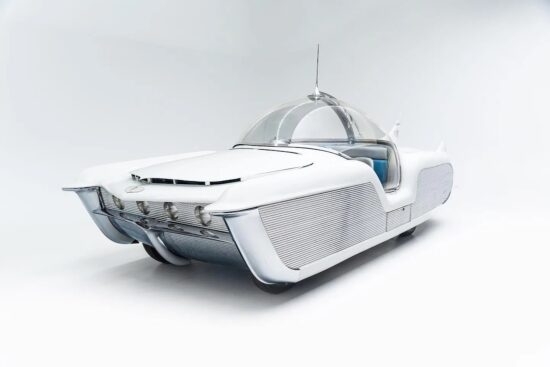
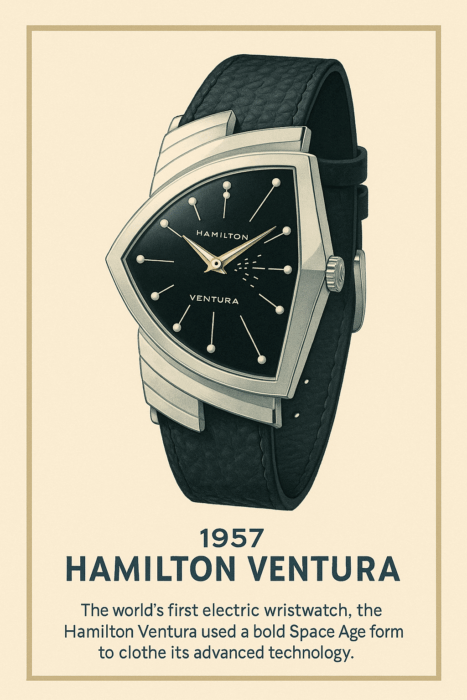
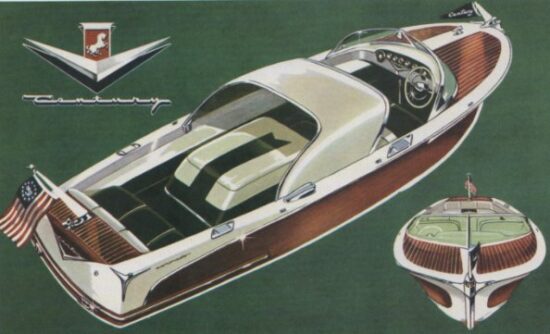

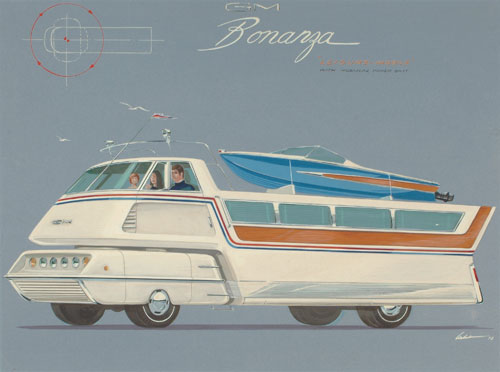
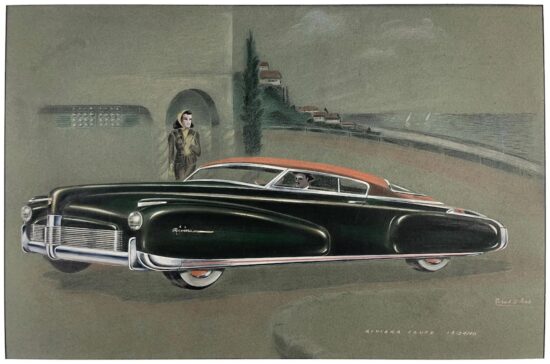
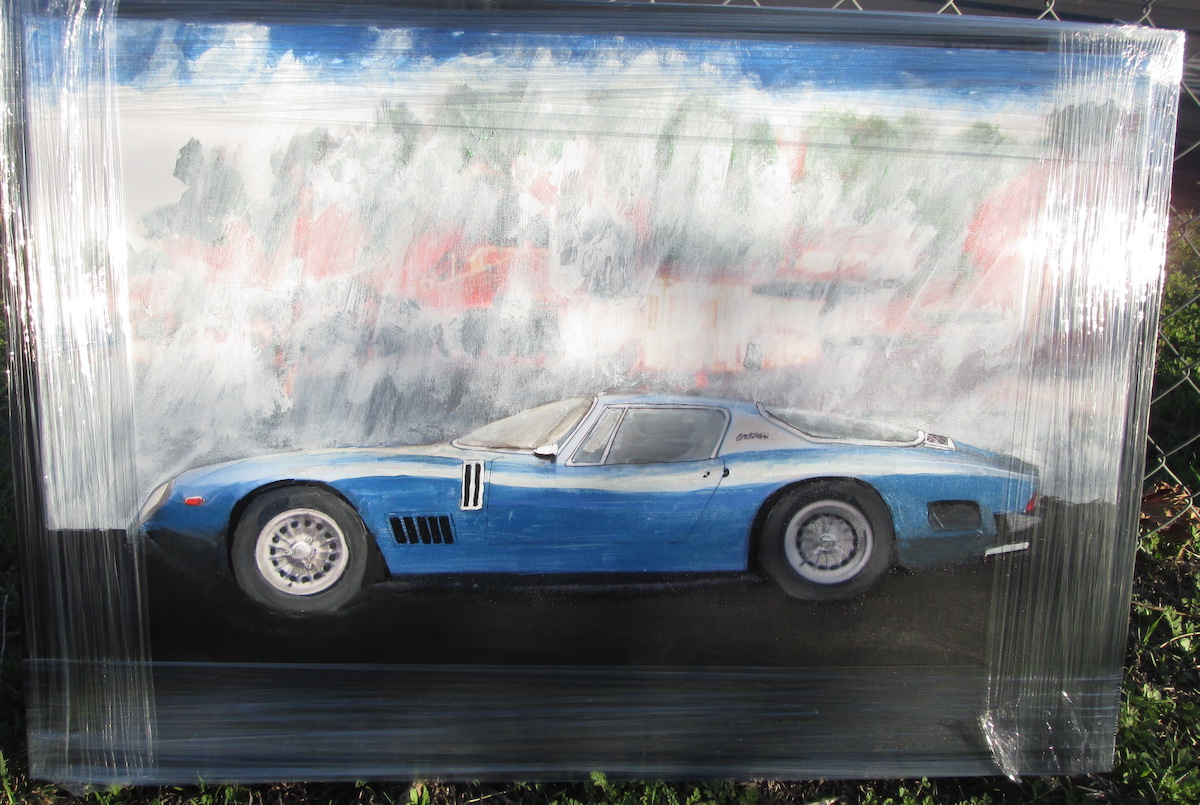

It’s so often the case, sadly, that the quiet, brilliant minds behind the scene are the ones who deserve the credit. Thanks for shining a light on a man whose name was unknown to this reader. Are there any books dedicated to his career ?
The 1952 Henney Packard Pan American is very cool looking. Way ahead of its time. Great article.
It is nice to see this prolific designer getting some public notice, thanks for doing the article, a real shame that Packard Pan American did not get produced, he was out front in sports car thinking…